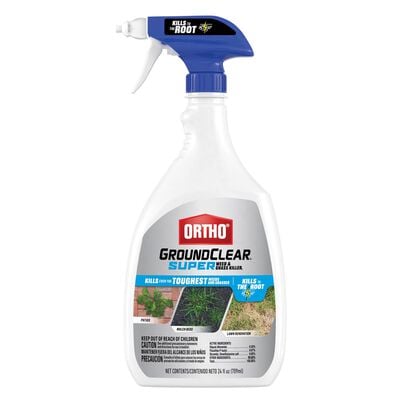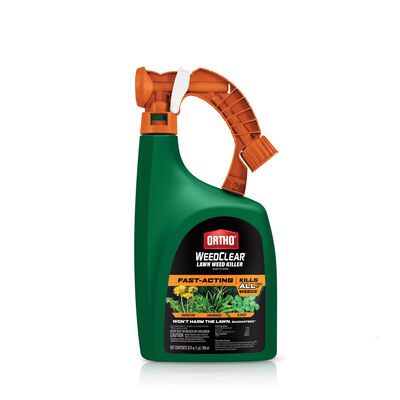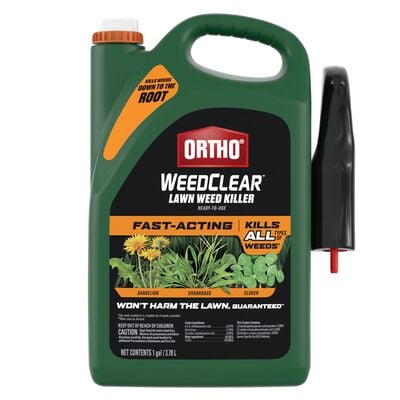
Thistle
Thistle is an opportunist that can grow in field and road edges, wet and dry sites, pastures and your backyard.
Description
Non-native thistles arrived as weed seeds in the U.S. accidentally either in shipments of crop seeds or in ballast in the holds of ships. They have become major problems in agricultural landscapes and 22 states have designated them as noxious weeds. Thistles do attract pollinators and birds, but the spiny leaves and stems keep grazers away. Some thistles release chemicals into the soil that inhibit the growth of other plants.
Thistles tend to take hold on disturbed soils. It is an opportunist that can grow in field and road edges, wet and dry sites, pastures and your backyard. To keep thistles from establishing, minimize soil disturbance and cover bare soils with mulch. Because of their tough roots, thistles can be difficult to control. Thistle seedlings have bristles or spines on their leaves, so as soon as you notice a seedling, pull it out before the roots are well established. Large thistles can be controlled with herbicide most effectively by spraying rosettes in late summer or early fall.
What To Do
- Kill thistle that's growing in areas outside your lawn—like your patio, driveway, or sidewalk—with Ortho® GroundClear® Super Weed & Grass Killer. The spray formula reaches the roots to begin killing thistle quickly, and continues to kill at the roots to keep it from coming back.
- Regular feedings, 2-4 times per year, provide the nutrients your lawn needs to grow thick and strong and help crowd out weeds
- Mowing at a height best for your lawn allows the grass to grow thick and develop a deep root system. Grass clippings recycle plant nutrients back into the soil.
- Your lawn will begin to wilt when water is needed. As much as possible take advantage of nature's sprinkler and rely on the rain to water your lawn. If using sprinklers, water lawns deeply and infrequently (1" of water per week is all that your lawn needs).


